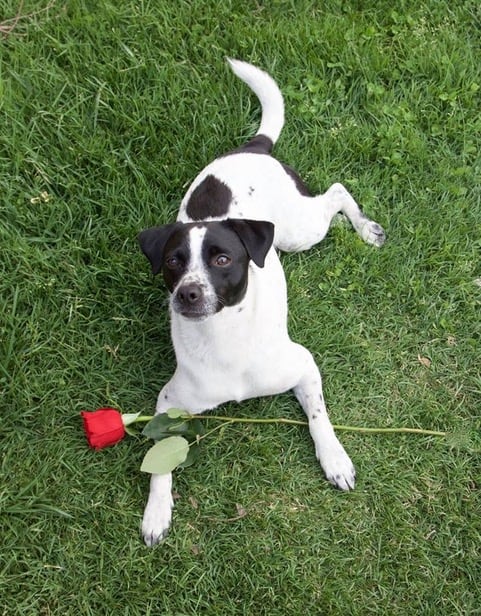Discussion Questions


- At the very beginning of the book, Sofiya wants to save up money to afford a bus ticket and find her mother. How does this goal of hers change throughout the course of the book? What factors contribute to the change and what does she want by the end?
- Empathy and communication play a big part in how several characters are able to learn to understand one another and work together throughout the book. Can you find three examples of characters who are able to work better together by changing how they communicate with one another? How does their communication make a difference? How is empathy different to sympathy?
- In Chapter 15, Sofiya finds herself near the Parliament building, where the Russians are holding a referendum. This was a real moment in history when a vote was held to determine whether Crimea was part of Russia or Ukraine. According to analysts, about 98% of people voted that Crimea was part of Russia. Imagine and offer some reasons why such an overwhelming result might be suspicious. Why was it difficult for Sofiya to answer the reporter’s questions?
- How important is the setting in this Swimming with Spies? Overall, what did you learn from the book about the time period and setting?
Q1: As a Ukrainian-American, and in the current situation with the War in Ukraine, did you find it difficult to write about the Annexation of Crimea? How were you able to approach a book about empathy between Russians and Ukrainians in such a thoughtful way and what do you hope young readers take away from the lessons these characters offer?
A1: I did not find it difficult to write this story at all. It was waiting to happen. For nearly two decades, my goal has been to make Ukraine’s story accessible and known to the general public. All my life, I had to explain why it was not acceptable to call me a Russian. My family came from Ukraine. I am a Ukrainian-American. And Ukraine is not Russia. We are two completely different countries with different and unique cultures, languages and rites. Because of Soviet policies (and pogroms) however, the Russian culture and language have, if not overtaken Ukrainian, tangle like two trees whose roots grow and twist up with the other.
When Russia invaded in 2022, my family and my friends were all very devastated. I had also just lost a friend to cancer two months before. She was Russian. For various reasons, our relationship was like those tree roots I mentioned. I know that we would have stayed friends despite this war, because she had respected and appreciated Ukraine’s individuality, and supported its sovereignty. I do often wonder these days what kind of debates we may have had. She grew up in that post-Soviet system; I grew up in a pro-Ukraine diaspora.
The moment Scholastic reached out to me with the concept for Swimming with Spies, I said that the first thing I would not do is write a black and white story. Firstly, I never do. In all of my books, I aim to give my antagonists (usually politicians or corrupt leaders) the space to make their arguments as to why what they are doing is the right thing. There is no right or wrong to any one story. A government does not define who you are. Your deeds do.
I wanted to illustrate that with Sofiya and Ilya, and the classmates that come together to do what they believe is the right thing. (But, honestly, stealing dolphins is a very serious offense. Do not do this at home!).
Q&A with the Author

Q2. Did you have to do any research to write this story? If so, can you tell us a little bit about where you looked and what you found?
A2: I did a lot of research for this story. I always travel to the settings of my books, too, and I have been to Ukraine several times in the past. But for obvious reasons, I was unable to go to Sevastopol. This bothered me a lot in the beginning, but thank goodness for Google Earth, and for the Internet, and for the amazing amounts of information, videos, documentations and photos I was able to access. I got a “feel” for Sevastopol and the mentality (which is arguably different from region to region). I spoke with people who lived and worked there. I blended in the dolphinariums I visited in Europe and the USA into a fictional dolphinarium. I blended in my experiences on the sea, in ports, in Ukrainian and European squares to bring a partially fictional world to life. But the highlight for this book was spending the day behind the scenes of one of those dolphinariums. I was able to take my young son, my husband, two of my godchildren and their father with me. It was magical. We learned so much, and got up close and personal with them. It’s an experience we will cherish for the rest of our lives.
Q3. What part or parts of this book were the most fun to write? In particular, what is the most interesting dolphin fact that you learned?
A3: I am a huge nature freak. I love animals, the outdoors, nature, and natural sciences. I actually studied pre-veterinary medicine and had considered going into marine mammal science (on top of a hundred other interests I had, which is why I became a writer, maybe: I get to dabble in everything!). So, I had a genuine interest in learning about dolphin behavior in captivity and, most of all, how professionals work with them. Everything I learned about the dolphins went into this book but I also trained our dog using the rewards system, and so the trainers at the dolphinarium and I were able to connect immediately with this understanding of positive reinforcement and animal behavior. I was also awed by the demonstrations of dolphins learning language in Hawaii. I think the most fascinating fact was about how the mothers name their babies. I find it so fascinating and clever, and it made me realize how very, very little we know about the natural world around us. And we really should do more to get to know it.
Do you have any questions you want answered?


PUBLISHED BY



